This article takes a DC/DC step-down power supply chip as an example to explain the internal design of a power management IC. It explores how this differs from traditional board-level circuit design. One key component inside the chip is the reference voltage, also known as the bandgap reference, which typically has a value of around 1.2V. This reference voltage is essential for maintaining stable and accurate operation of the internal circuits.
The basic principle of a switching power supply involves using a PWM (Pulse Width Modulation) square wave to drive a power MOSFET. This allows the chip to efficiently convert voltages while minimizing energy loss. The internal layout of a motor driver chip, such as the LayOut of a PCB, is visually represented through different material textures in color.
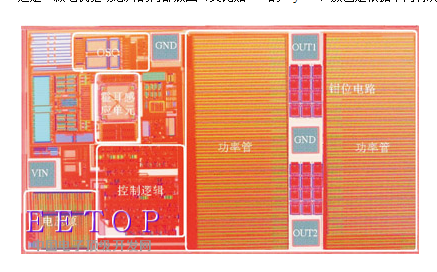
As seen in the image, the internal structure of the chip closely resembles a PCB layout, with clearly defined module blocks. Next, we will explore the internal circuit diagram of a popular chip, such as TI's LM2675, and compare its design to that of a board-level circuit.
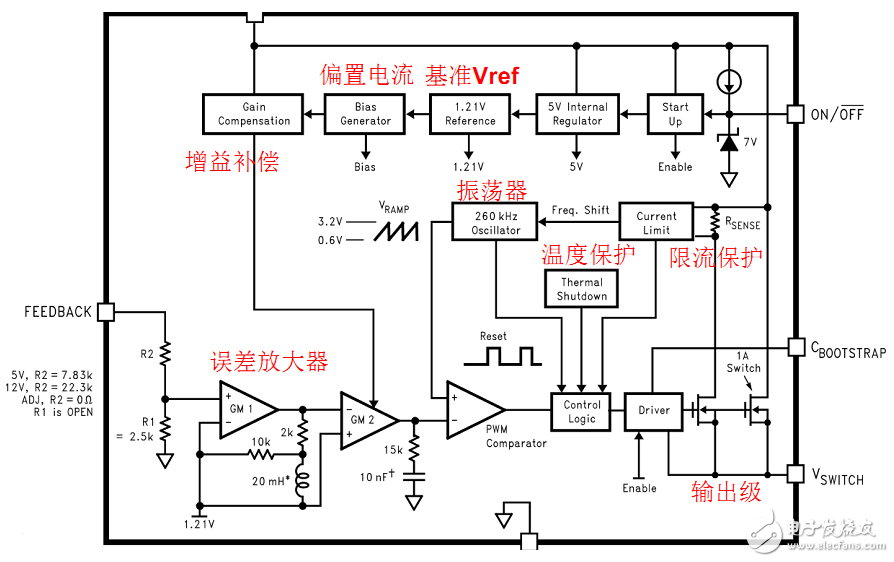
This block diagram shows all the internal modules of the power chip. We already know about the BUCK topology, which is used to step down the input voltage. The main function of this chip is to drive the MOSFET and monitor the output via the FB pin to create a feedback loop that controls the PWM signal. This ensures proper voltage regulation or constant current output. In this case, it's a non-synchronous configuration, meaning the freewheeling diode is external rather than integrated into the chip.
Now, let’s focus on the reference voltage, which is similar to the reference power supply found in board-level designs. The internal reference voltage provides a stable and precise reference for other parts of the chip. It must be highly accurate, stable, and exhibit minimal temperature drift. This is achieved through a bandgap reference, named after the silicon bandgap voltage, which is approximately 1.2V.
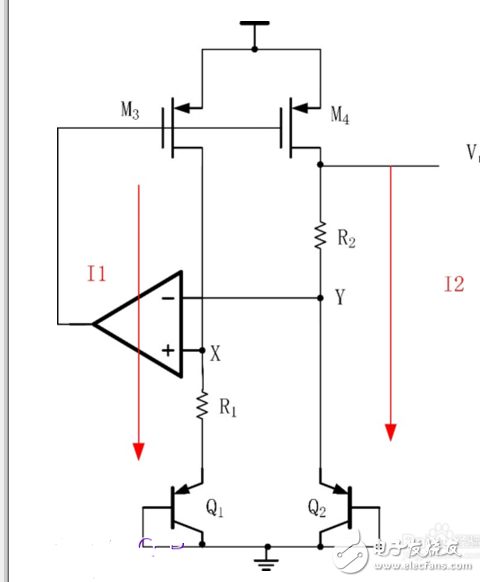
To understand how this works, we start with the PN junction equation:
$$ V_{BE} = V_T \ln\left(\frac{I_C}{I_S}\right) $$
Where $ I_S $ is the reverse saturation current, proportional to the area of the PN junction. By analyzing the op-amp in the circuit, we can derive the relationship between the currents and voltages. Assuming $ V_X = V_Y $, we get:
$$ I_1 R_1 + V_{BE1} = V_{BE2} $$
Which leads to:
$$ I_1 = \frac{\Delta V_{BE}}{R_1} $$
Since the gate voltages of M3 and M4 are the same, $ I_1 = I_2 $. Using this, we can express the reference voltage as:
$$ V_{ref} = I_2 R_2 + V_{BE2} $$
Here, $ I_1 $ has a positive temperature coefficient, while $ V_{BE} $ has a negative one. By adjusting the ratio $ N $, the design compensates for temperature variations, resulting in a stable reference voltage. Typically, $ N $ is set to 8 to achieve zero temperature coefficient, leading to a final reference voltage of approximately 1.2V.
In low-voltage applications, even lower reference voltages can be achieved, but challenges like power supply ripple rejection (PSRR) remain. The op-amp design is crucial for ensuring accuracy and stability.
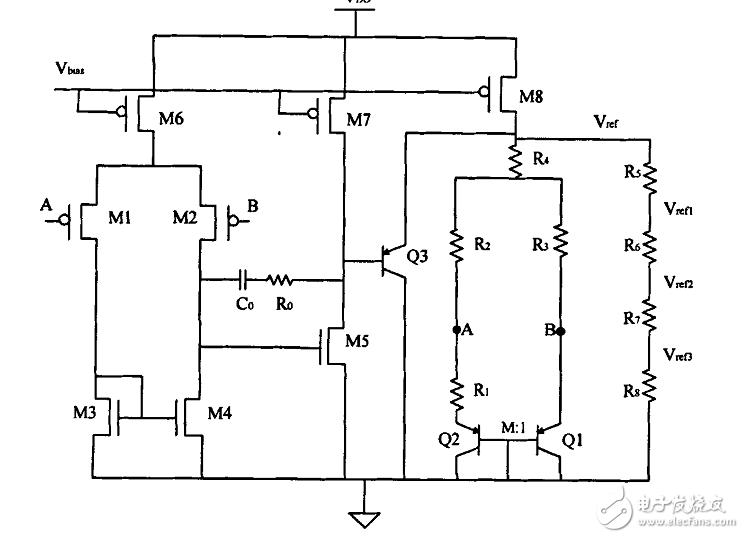
The simulation results show the temperature characteristics of the reference voltage, confirming its stability across a wide range of temperatures.
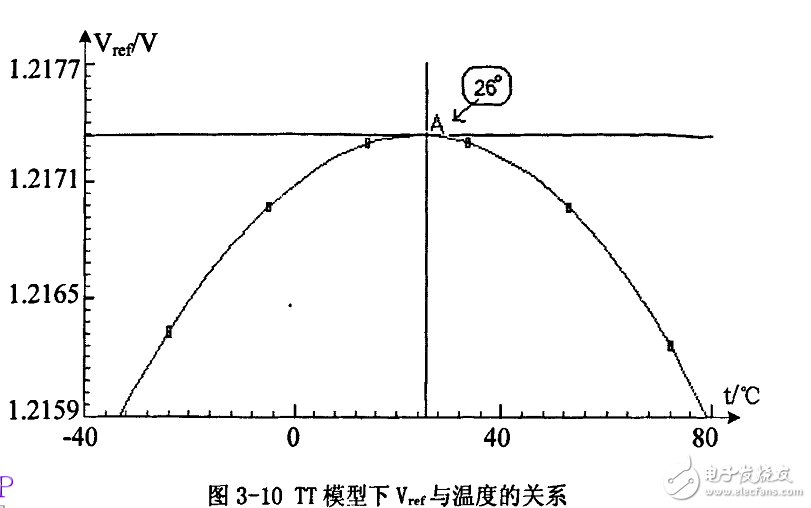
High Voltage Drone Battery
High Voltage Drone Battery,High Capacity Drone Battery,Drone battery of high performance,High Voltage Dc Battery
Shenzhen Jentc Technology Co., LTD , https://www.phenyee.com